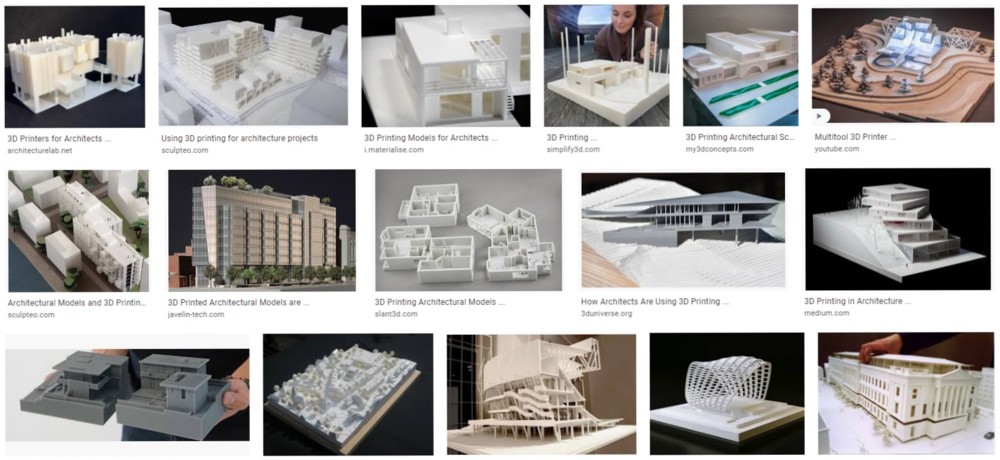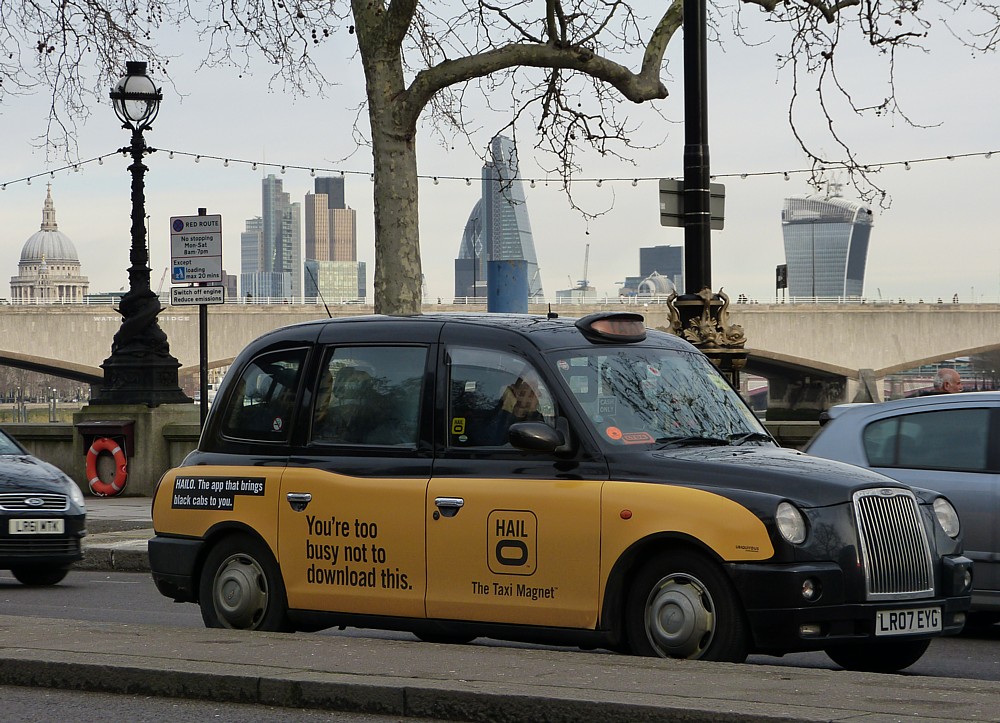Incoming from Rob:
Hi Brian,
I saw this and thought of you:
https://www.xometry.com/3D printing isn’t the only game in town. This web site seems to make it easier to get access to milling machines. Upload your CAD file and get an instant quote. I’m not sure how expensive it is for one-off jobs but I can imagine it getting cheaper and easier over time.
“This” being a network of enterprises which, between them, can offer: CNC machining, sheet metal fabrication, plastic 3D printing, metal 3D printing, urethane casting, and injection molding.
The point being that additive manufacturing, aka 3D printing, is not the only way to make something. There’s also all these other ways, such as CNC (Computer Numerical Control) machining, that being subtractive manufacturing.
3D printing is not “disruptive”. It is an addition to the repertoire of traditional manufacturers. It offers manufacturers another way to do some of the things they already do, and a few other things they don’t now do.
Anyone can 3D print just about anything, just about anywhere. But just because you can, that doesn’t mean it makes a blind bit of sense for you to actually do this. What if someone else can do it, far better, far cheaper, in some other place, some other way, maybe in a much more trad, tried-and-tested way?
This website puts you in touch with who all those other people might be. As Rob says, It makes manufacturing that little bit easier and quicker to arrange, and over time, ever more so.






